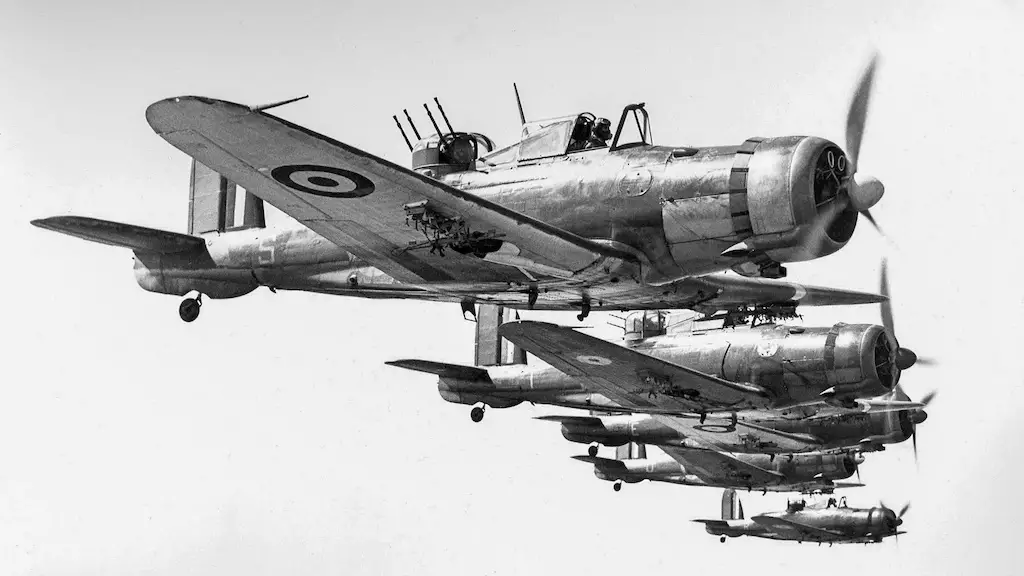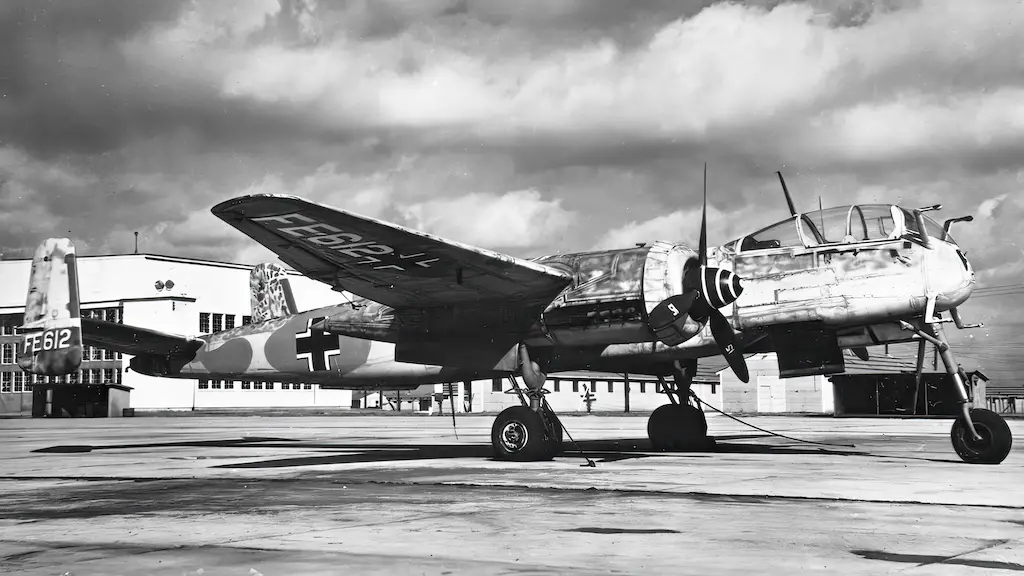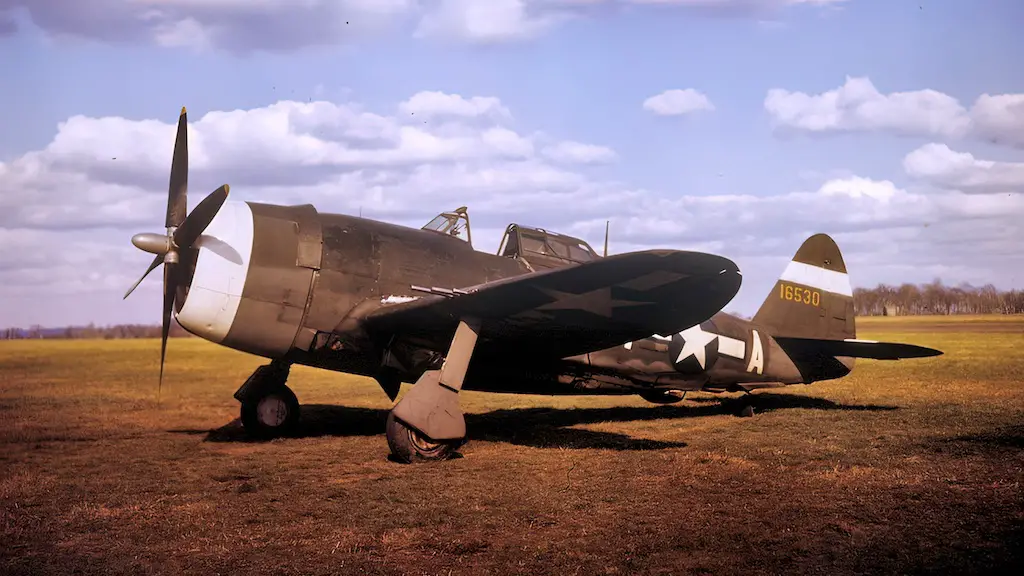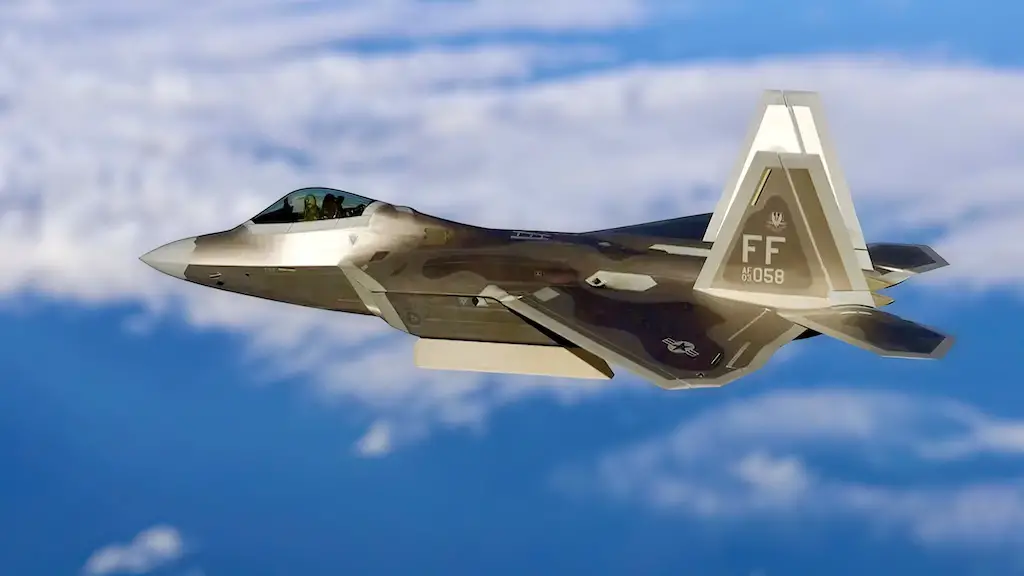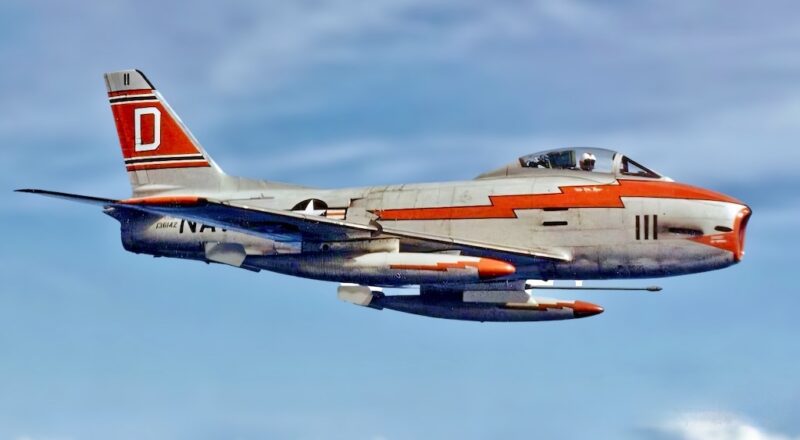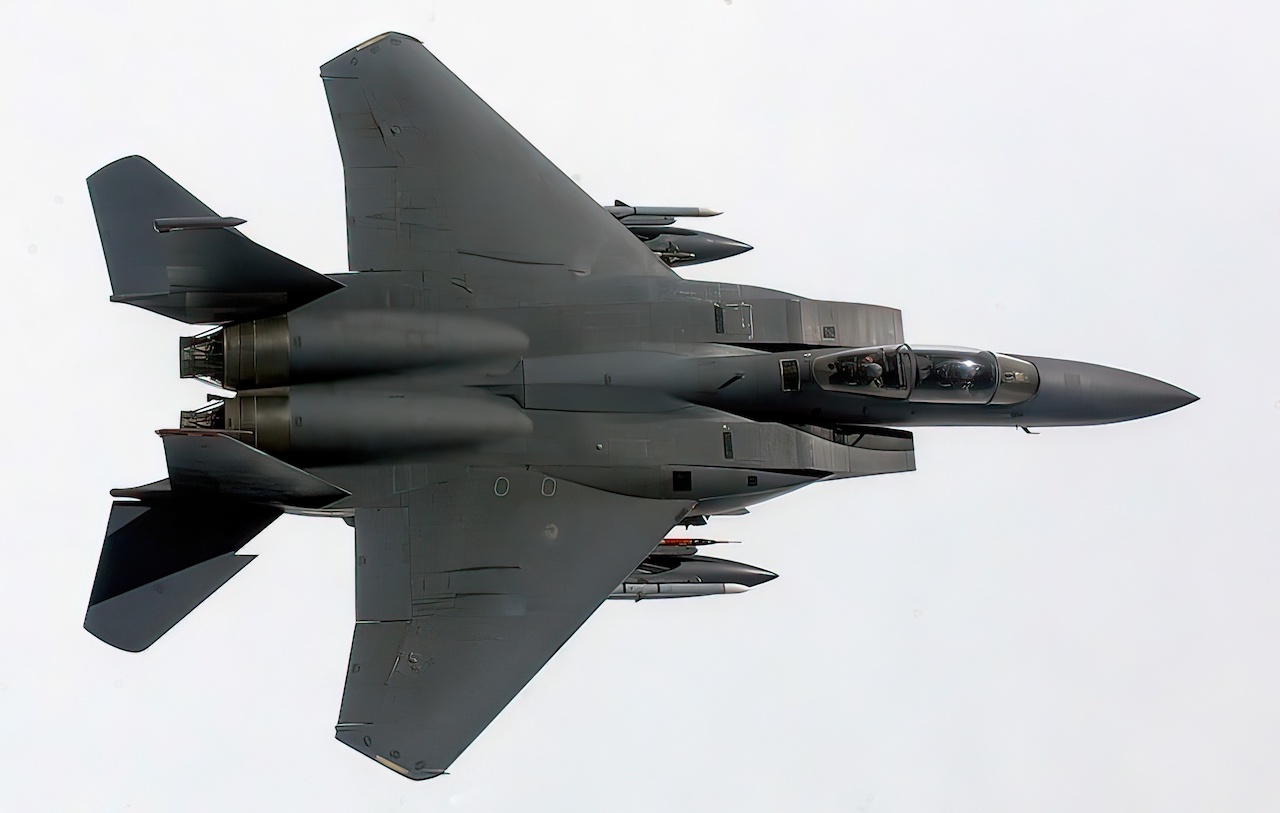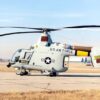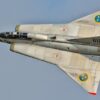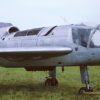In the panorama of British aviation history, the Blackburn Roc stands out with distinctive features and a unique legacy. Named after the legendary Roc of Arabian Nights, this aircraft broke new ground as the first British model to be fitted with a hydraulically operated turret. Equipped with four 0.303 Browning machine guns and capable of reaching a top speed of 165 mph, the Roc was no ordinary bird of the sky. With a range of 750 miles and a crew of two—a pilot and a gunner—166 Rocs were built, contributing significantly to the nation’s air force.
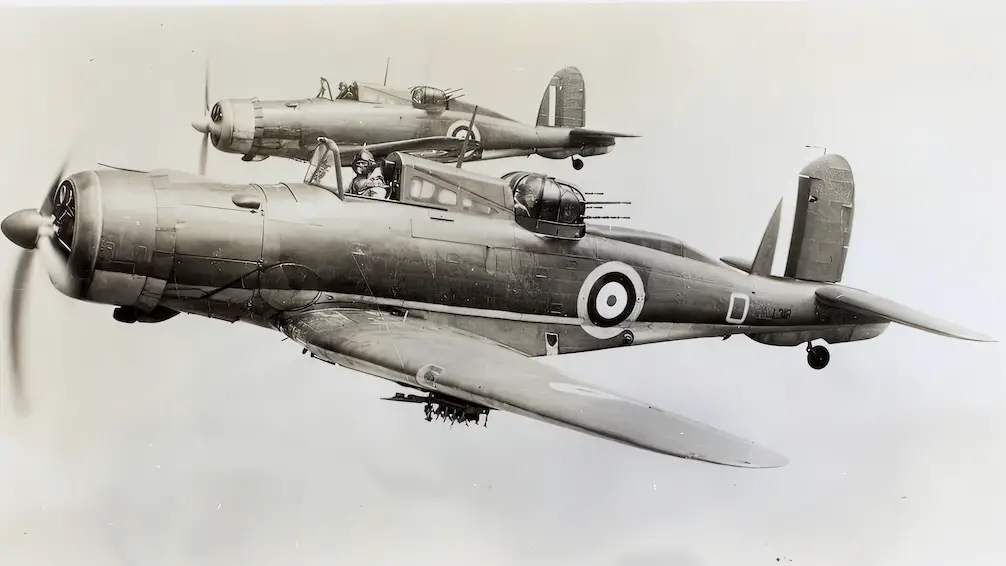
The Development History
The Blackburn Roc emerged from the desire to create an aircraft that could double as a fighter and a dive-bomber. Born in the heart of the 1930s, its maiden flight occurred in 1938. Its standout feature was undoubtedly the revolutionary turret design, which granted the gunner the liberty to shoot in any direction. Yet, this innovation didn’t come without its set of hurdles. Balancing the weight of the turret and maintaining aerodynamic efficiency became a complex engineering task.
Built by Blackburn Aircraft Limited, the Roc was a response to the Air Ministry’s demand for new aerial solutions. It was designed as a carrier-borne aircraft, reflecting the increasing importance of naval aviation in that era. The Roc’s development journey highlighted the innovation and ambition that characterized British aviation during a critical time in history.
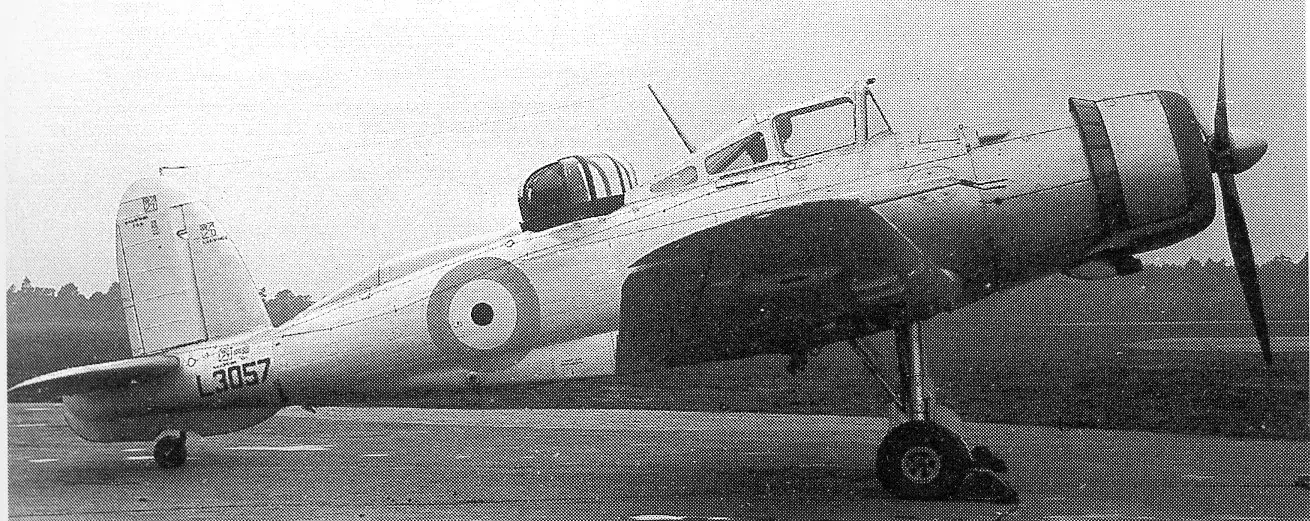
The Engine
Under the hood, the Blackburn Roc was powered by a Bristol Perseus radial engine, capable of delivering 890 horsepower. This engine was noted for its sleeve valve design, which reduced the noise and offered improved fuel efficiency.
The Perseus engine gave the Roc its impressive speed and endurance, but it was not without its challenges. Cooling was a concern, especially in the aircraft’s initial variants. Continuous refinements were made to improve the engine’s reliability, but the performance remained somewhat restricted due to the aircraft’s overall design.
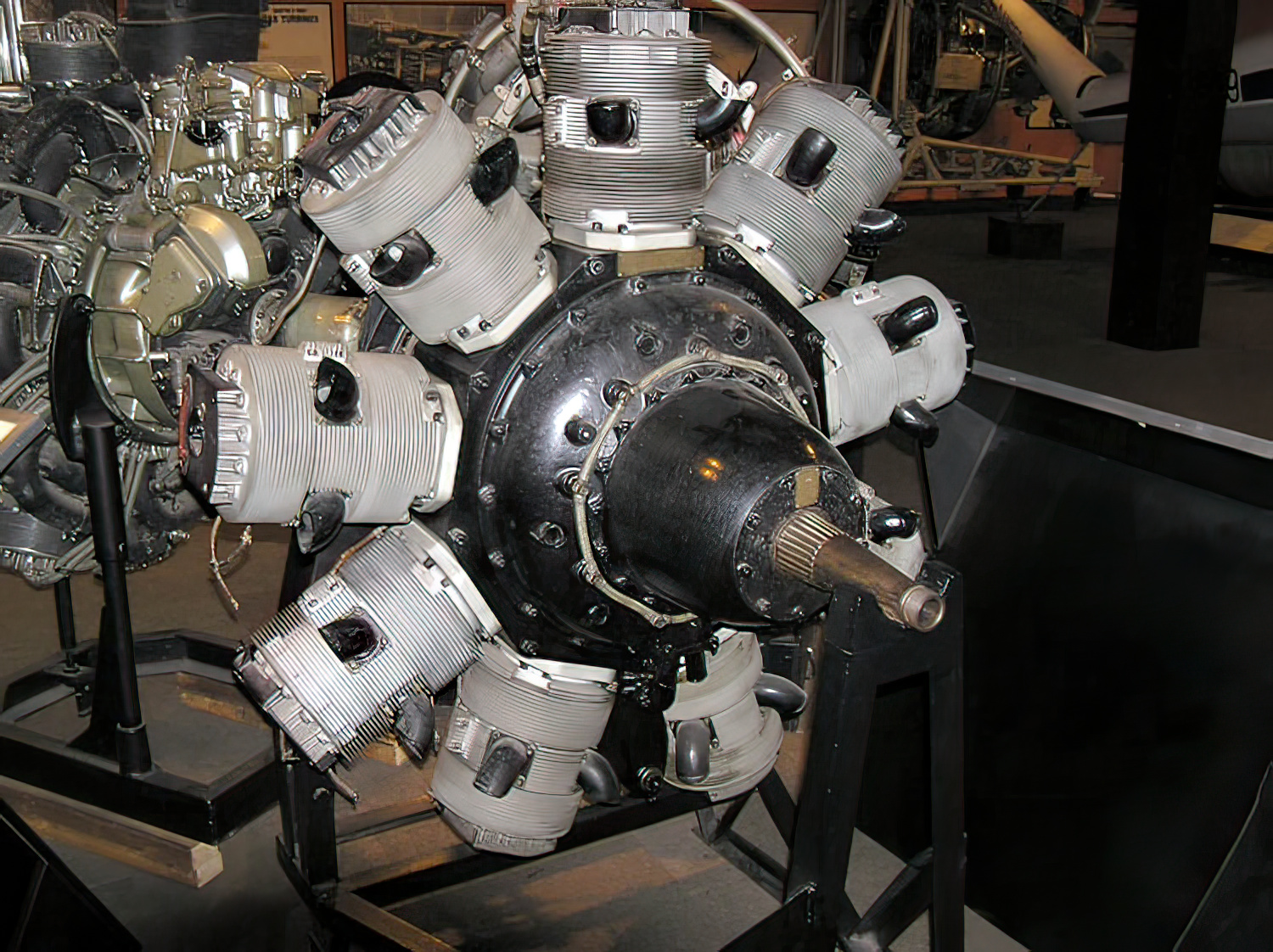
Flight Characteristics and Firepower
The Blackburn Roc’s flight characteristics were as distinctive as its appearance. Despite its top speed, it was considered relatively slow compared to contemporary fighters. Its turning ability was commendable, but the presence of the turret led to stability issues.
The Roc’s firepower was, however, its standout feature. With four 0.303 Browning machine guns, it packed a punch in air-to-air combat. In addition to the guns, the Roc could carry two 250-pound bombs, giving it a significant offensive capacity. The hydraulically operated turret provided the gunner with a 360-degree field of fire, an innovation that set it apart from other aircraft of its time.
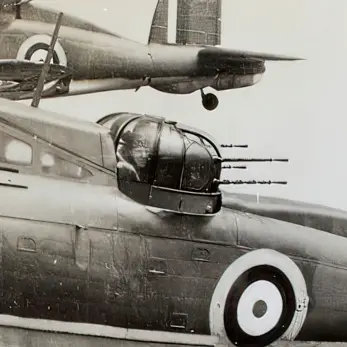
Operational Use
The Roc was introduced into the Royal Navy’s Fleet Air Arm in 1939. Serving primarily as a fleet defense fighter, it played a role in protecting British naval assets. Its operational use was relatively brief but intense, as it participated in various missions, including convoy protection.
Its carrier-borne capabilities were a particular advantage in naval operations. However, its overall performance was overshadowed by faster and more agile aircraft. The Roc’s operational history is a testament to the continuous evolution of military aviation and the relentless pursuit of excellence.
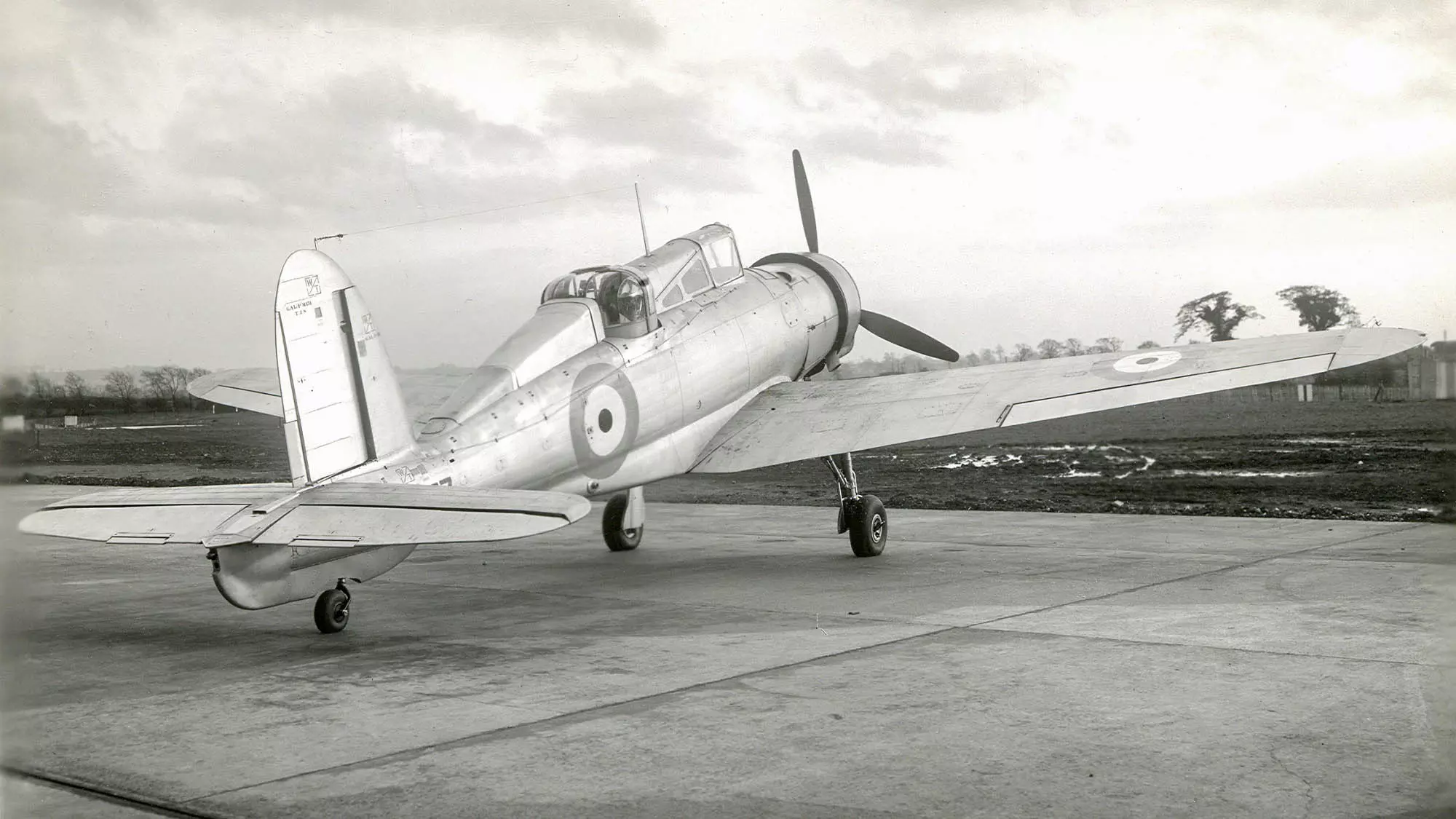
Shortcomings and Early Retirement
Despite its innovative features, the Blackburn Roc had its share of shortcomings. Its relatively low speed, coupled with a cumbersome design, made it vulnerable in combat. The hydraulically operated turret, while groundbreaking, added weight and complexity without a commensurate increase in effectiveness.
The Roc’s limitations hastened its withdrawal from service before WWII came to an end. By 1943, it had mostly been sidelined, making way for aircraft that were more technologically advanced and efficient. This early retirement symbolized both the close of one chapter and the commencement of a fresh era in aviation technology.

